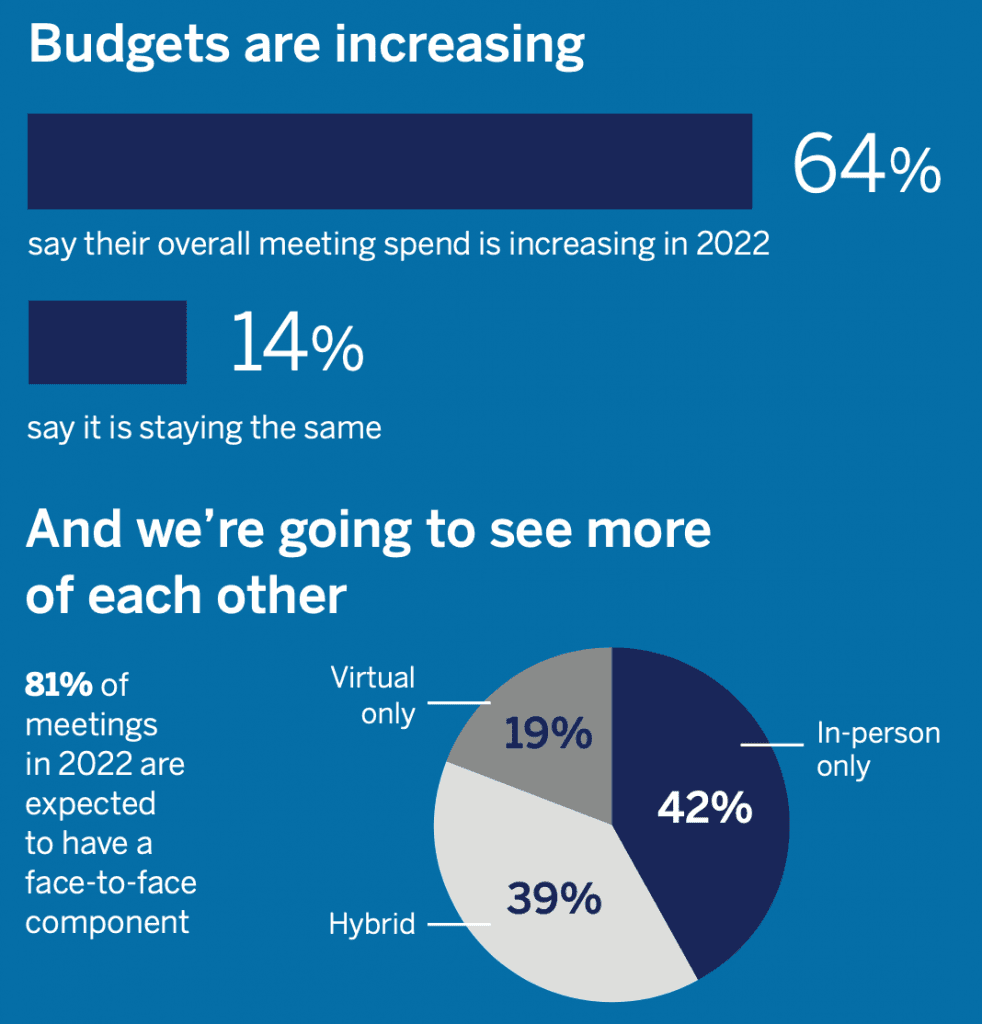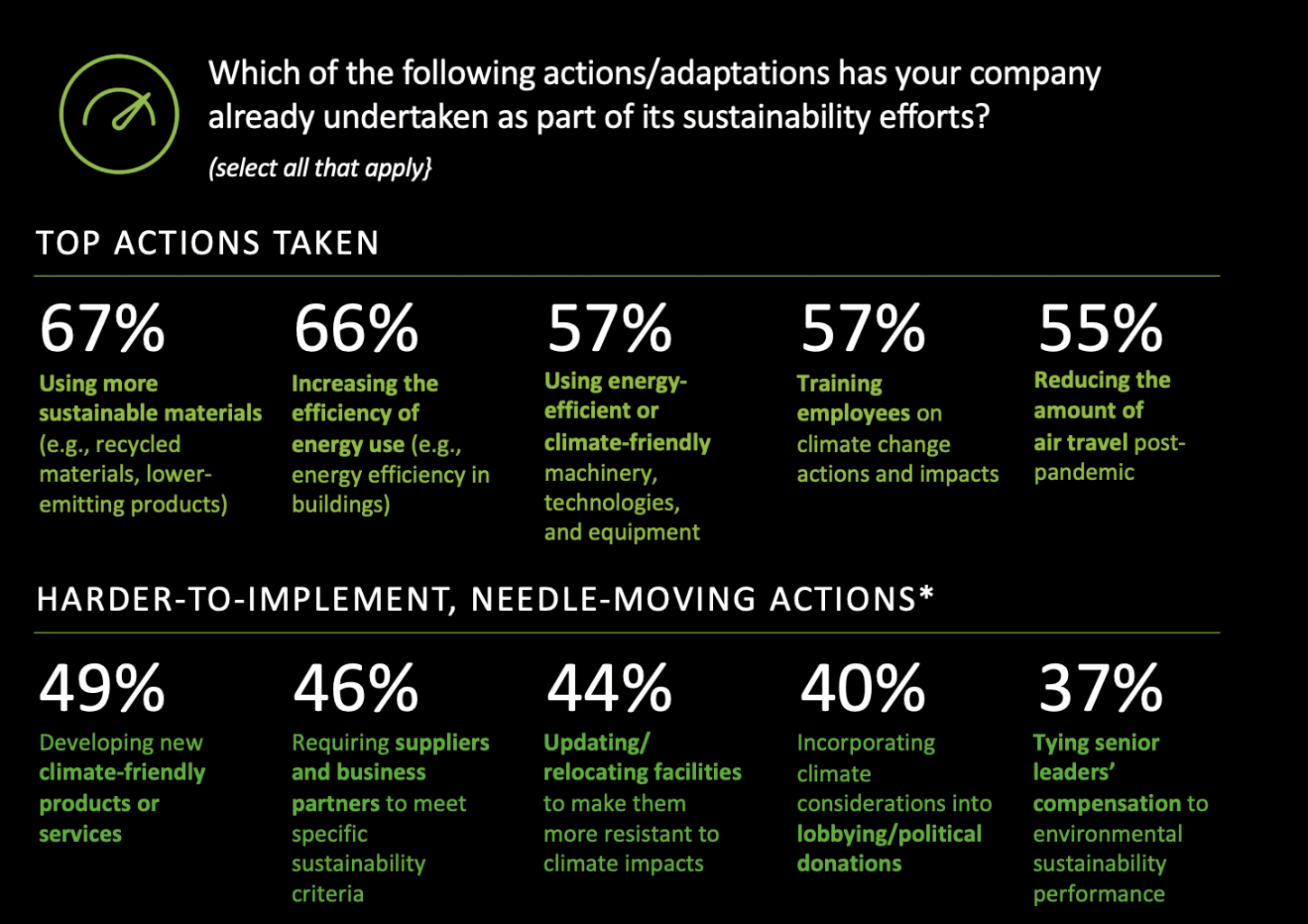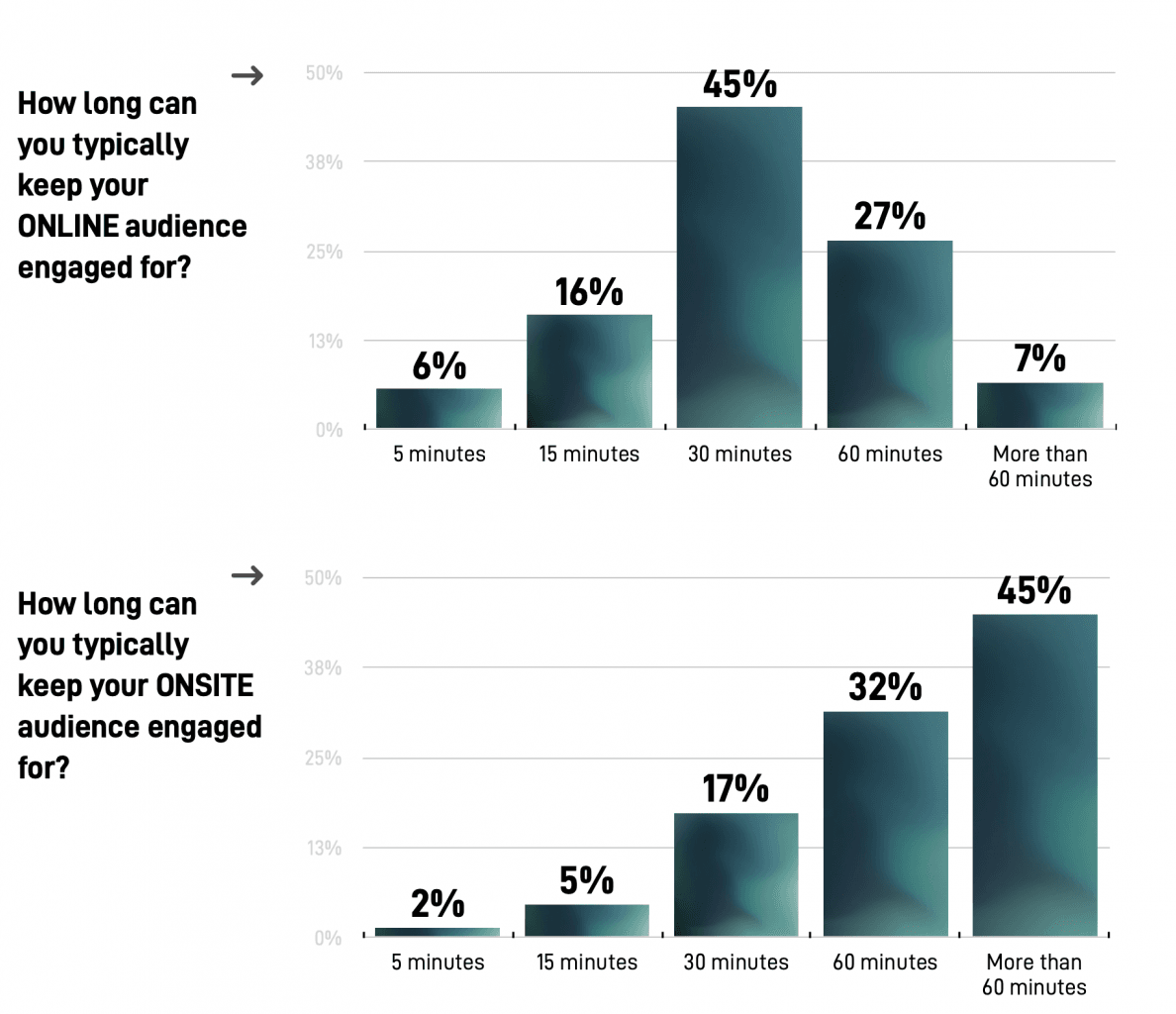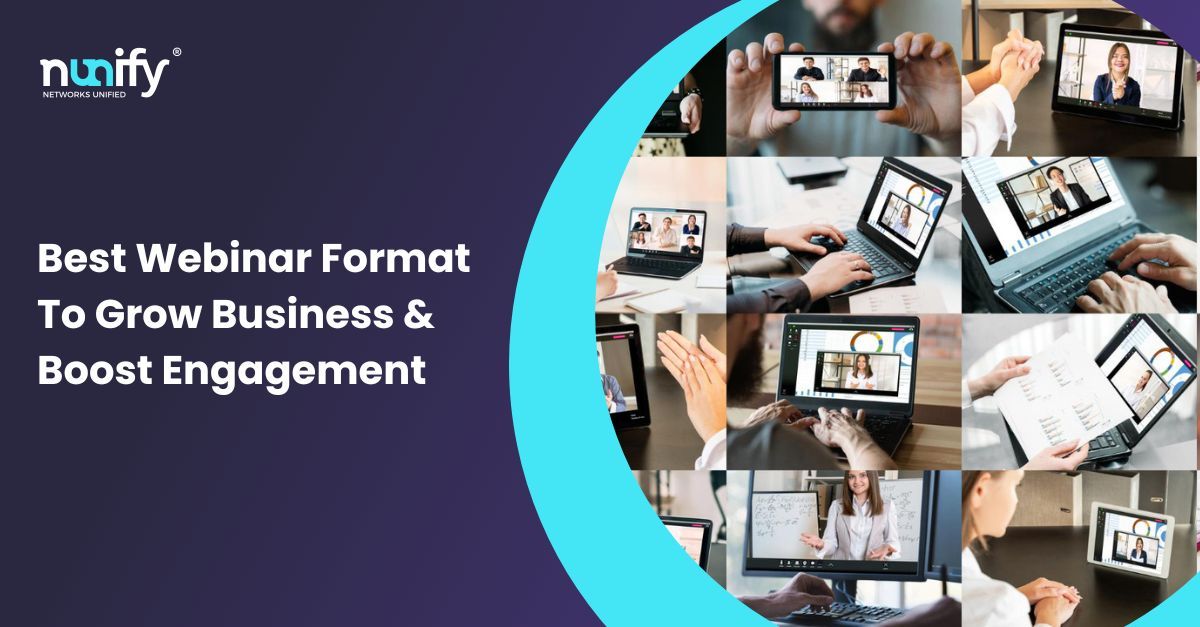Since 2020 the event industry has aggressively adopted virtual events. What started off as an alternative to live events during the 2020 pandemic, has now become a must have format for event professionals in the future. Virtual events continue to deliver better ROI, Higher lead generation and better content.
Virtual events & webinars are now a value creator to your marketing & top-of-the-line.
Here is a collection of statistics to help with your marketing & event strategy for the upcoming year with internal stakeholders. Our team in collaboration with industry experts and research has collated the below data, facts & figure in the following key areas.









